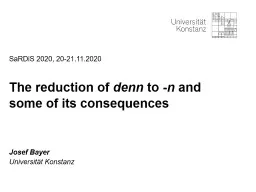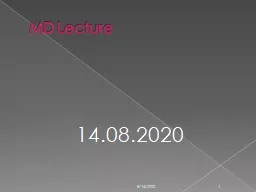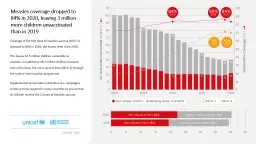PPT-SaRDiS 2020, 20-21.11.2020
Author : anastasia | Published Date : 2021-01-28
The reduction of denn to n and some of its consequences Josef Bayer Universität Konstanz I Introduction The German particle denn is interesting for various
Presentation Embed Code
Download Presentation
Download Presentation The PPT/PDF document "SaRDiS 2020, 20-21.11.2020" is the property of its rightful owner. Permission is granted to download and print the materials on this website for personal, non-commercial use only, and to display it on your personal computer provided you do not modify the materials and that you retain all copyright notices contained in the materials. By downloading content from our website, you accept the terms of this agreement.
SaRDiS 2020, 20-21.11.2020: Transcript
Download Rules Of Document
"SaRDiS 2020, 20-21.11.2020"The content belongs to its owner. You may download and print it for personal use, without modification, and keep all copyright notices. By downloading, you agree to these terms.
Related Documents














